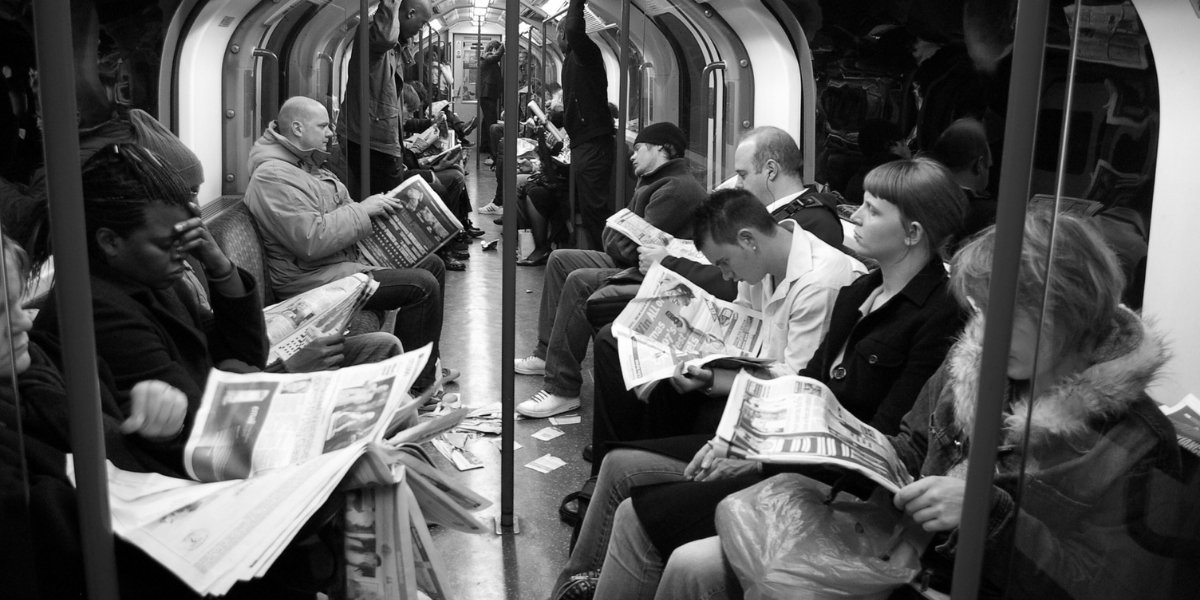Building a closet full of clothes you love that actually last might seem expensive at first, but it saves money over time. A curated wardrobe means carefully choosing quality pieces that work together rather than buying lots of cheap items that don’t last. This approach to dressing better costs less in the long run while reducing stress about what to wear every day.
The secret to saving money with fewer clothes comes down to cost-per-wear, which measures how much each clothing item costs based on how often it gets worn. A 200coatworn100timescosts200coatworn100timescosts2 per wear, while a 50coatwornfivetimescosts50coatwornfivetimescosts10 per wear. The more an item gets used, the better value it provides. Quality pieces often have a lower cost-per-wear because they last longer and stay in style season after season.
Many people fall into the trap of buying cheap, trendy clothes that fall apart quickly or go out of style. This creates a cycle of constant spending to replace worn-out items. A curated closet breaks this cycle by focusing on timeless styles and durable fabrics that don’t need replacing every few months. While each item might cost more upfront, the total spending decreases because clothes get worn for years instead of weeks.
Building a money-saving wardrobe starts with understanding personal style and lifestyle needs. People waste the most money on clothes they don’t actually wear – items that don’t fit right, don’t match anything else, or don’t suit their daily activities. Taking time to identify what really works prevents these wasteful purchases. A useful exercise involves looking at which existing clothes get worn most often and why, then using those insights to guide future buying.
Quality matters more than quantity when it comes to saving money on clothes. Well-made items with strong seams, good fabric, and proper construction last through many more washes and wears than fast fashion pieces. Learning to recognize quality indicators like fabric content, stitching, and lining helps shoppers make better choices even when not spending a lot. Sometimes spending slightly more means getting much longer use from an item.
A capsule wardrobe approach maximizes the value of every purchase. This means selecting versatile pieces that mix and match easily to create many outfits from fewer items. Neutral colors and classic patterns work harder than loud prints that quickly look dated. When most items coordinate, getting dressed becomes simpler and each piece gets worn more often, lowering its cost-per-wear.
Proper care extends clothing life and protects the investment. Following washing instructions, storing items correctly, and making simple repairs keeps clothes looking good longer. Spending a little more upfront on items that can be tailored or repaired often proves cheaper than constantly replacing poorly made clothes that can’t be fixed. Learning basic mending skills or developing a relationship with a good tailor saves money over time.
Shopping secondhand provides access to quality items at lower prices. Many gently used clothes sell for a fraction of their original cost while still having plenty of wear left. Consignment shops, online resale platforms, and thrift stores offer opportunities to build a curated wardrobe without paying full price. This approach works especially well for classic styles that don’t go out of fashion.
The environmental benefits of a curated closet also translate to financial savings. Fewer clothes mean less spending on storage solutions, organization systems, and closet space. Wearing items more often reduces the frequency of shopping trips and the impulse purchases that often happen along the way. A smaller, more intentional wardrobe saves time spent managing clothes and money spent maintaining an overflowing closet.
Seasonal sales and strategic shopping times help build a quality wardrobe on a budget. Rather than buying whatever catches the eye in the moment, planned purchases of specific needed items during sales periods keep costs down. Making a list of wardrobe gaps and waiting for the right pieces to fill them prevents expensive impulse buys that don’t get worn.
Accessories refresh a curated wardrobe without big spending. Scarves, jewelry, and shoes can change the look of basic pieces for much less than buying all new outfits. Investing in a few quality accessories that work with multiple items stretches a clothing budget further while keeping outfits looking fresh.
Tracking actual clothing costs over time reveals the true savings of a curated approach. Many people don’t realize how much they spend constantly replacing cheap items until they add it all up. Comparing the annual cost of maintaining a fast fashion habit versus maintaining a smaller collection of quality pieces often shows surprising savings from the curated method.
The mental benefits of a curated wardrobe also contribute to financial health. Less clutter and decision fatigue around clothing leads to clearer thinking about other spending too. People who feel good about their clothes often feel less need for “retail therapy” shopping sprees to boost their mood. A satisfying, organized wardrobe reduces the temptation to shop for quick emotional fixes.
Children’s clothing offers a clear example of the curated approach’s value. Parents who buy sturdy, slightly larger clothes their kids can grow into spend less than those constantly replacing flimsy, outgrown items. The same principle applies to adult wardrobes – slightly better quality pieces that last multiple seasons provide better value than disposable fashion.
Work wardrobes particularly benefit from curation. People who wear uniforms or standardized work clothing often spend less on clothes overall while always looking appropriate. Building a personal “uniform” of interchangeable work pieces creates similar benefits for those without dress codes. Fewer decisions and better quality work clothes mean less stress and less frequent replacement shopping.
Special occasions present challenges for curated wardrobes but also opportunities for savings. Rather than buying new outfits for every event, versatile pieces that can be dressed up or down work harder. Renting formalwear or buying quality secondhand special occasion clothes often costs less than cheap new outfits that only get worn once.
Technology helps maintain curated wardrobes economically. Apps that track clothing inventories prevent duplicate purchases and remind wearers of forgotten items in their closets. Online tools that help mix and match existing pieces creatively reduce the feeling of needing new clothes. These digital aids support the financial benefits of a thoughtful wardrobe.
The initial investment in a curated wardrobe pays off over time. While building a closet full of quality basics might require budgeting carefully at first, the long-term savings become clear as years pass without needing major clothing purchases. Like any good investment, the value compounds as items continue providing service season after season.
Ultimately, a curated wardrobe saves money by changing the relationship with clothing from disposable to durable. Viewing clothes as long-term investments rather than temporary purchases transforms buying habits and reduces overall spending. The financial benefits grow each year as the wardrobe requires fewer replacements and continues providing daily value from each well-chosen piece.
Read also: From Designer to Entrepreneur: How to Launch Your Own Fashion Brand










